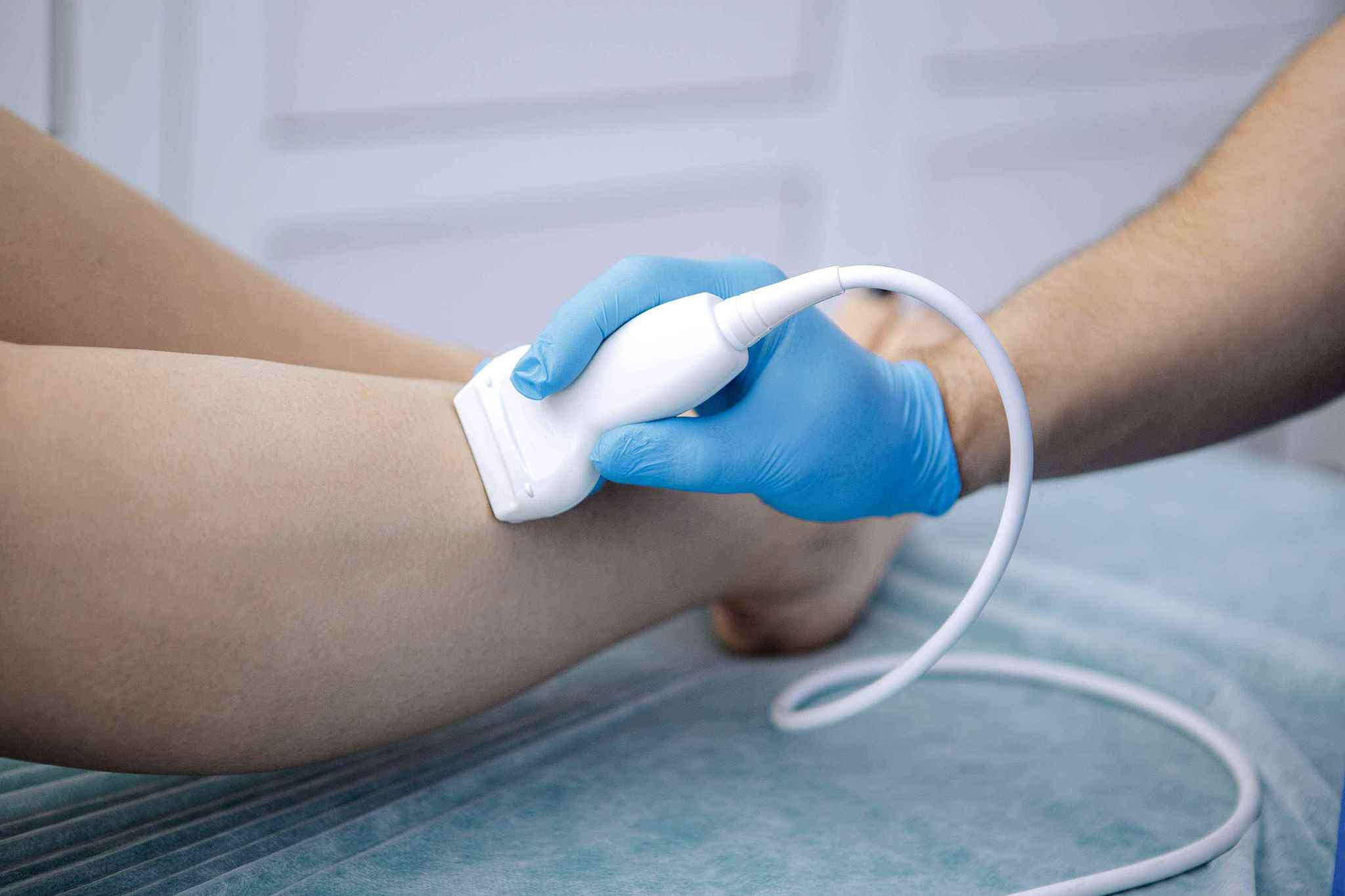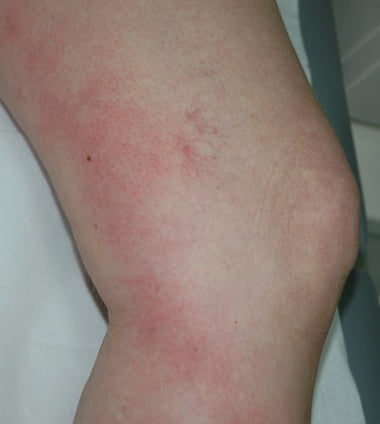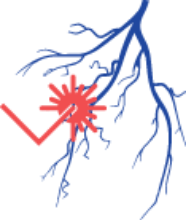Perth's Leading Specialist in the Treatment of Varicose Veins
Dr Luke Matar | MBBS, FRANZCR, FACP
What is Superficial Venous Thrombosis?
Commonly shortened to SVT, superficial venous thrombosis refers to an inflammatory condition of the veins due to a blood clot in the superficial veins just below the surface of the skin. Symptoms include redness and swelling of the skin along the length of a vein, warmth and tenderness of the skin, pain that increases with touching/pressure, and darkening or hardening of the skin over this area.
If you notice any of these symptoms contact your doctor to arrange an ultrasound scan of the area to determine the cause. If you develop further symptoms such as fever or chills contact the emergency department as it may indicate a more serious illness or condition.
How Is It Diagnosed And What Is The Treatment?
SVT is diagnosed via clinical examination of the affected area as well as a detailed Doppler ultrasound scan of the veins.
Treatment can typically be undertaken at home, and may include prescription antibiotics, anti-inflammatories, painkillers, and hot compresses to relieve pain. SVT typically resolves in approximately 2 weeks, though more severe cases may require treatment via removal of the affected vein. This is typically more common if you also have varicose veins.
At The Vein Clinic we have a highly specialised sonographer performing Doppler ultrasound scans on-site, as well as our own custom-built vein treatment room in Perth. With Dr Matar at the helm, a dual-qualified specialist doctor, you can be assured that you will receive an accurate and thorough diagnosis as well as a personalised treatment plan to resolve your issue as quickly as possible, so that you can return to normal life.
Superficial Venous Thrombosis will usually lead to inflammation in the adjacent soft tissues and skin and is commonly mistaken for cellulitis as was the case in this patient with SVT of the of the great saphenous vein.
Typically there will be palpable “rope” along the line of the thrombosed vein.
Ultrasound is required to confirm the diagnosis and exclude co-existing DVT (deep venous thrombosis) present in up to 25% of cases.
Can Superficial Venous Thrombosis Be Prevented?
Generally this is a short-term condition that can be resolved without complications or long-lasting side effects. Complications that may arise include cellulitis (skin infection, treated with antibiotics) or progression to Deep Vein Thrombosis, a more serious condition where a blood clot forms in the deep veins of the leg. Aside from these rare complications you can expect a full recovery in 1-2 weeks, though this may take longer if infection is involved. SVT can recur if you have varicose veins.
Prevention is limited though there are some steps you can take to limit your chances of this occurring. Regular walking exercise (or walking in water for those less able-bodied) is always beneficial for good vein health. If you are travelling make sure to get up and walk around every couple of hours. Move your limbs and stretch regularly if you must sit or lie down for long periods. Stay hydrated. If you have risk factors for Superficial Venous Thrombosis such as varicose veins, pregnancy, diabetes, obesity, or oral contraceptives, talk to your doctor prior to undertaking long-haul flights to discuss a low dose of aspirin for your travels.
Our Approach to Treatment
Stage 1
Treatment of large malfunctioning veins (trunk)

Endovenous Laser Treatment (EVLA) to great, small, and/or anterior accessory saphenous veins. 60 minutes
Stage 2
Treatment of large varicose veins (branches)

Phlebectomy removal of larger bulging varicose veins 90-120 minutescombined with

Ultrasound-Guided Foam Sclerotherapy (UGFS) on smaller veins. 30 minutes
Stage 2
Treatment of small varicose veins (branches) if required

Extra sessions of UGFS to close smaller veins if identified as required at post-treatment follow-up scan 30 minutes
You may not require this stage.
Stage 3
Optional treatment surface veins (leaves)

Usually done by Microsclerotherapy 30 minutes
Most patients require multiple treatment sessions to remove spider veins.
Stage 4
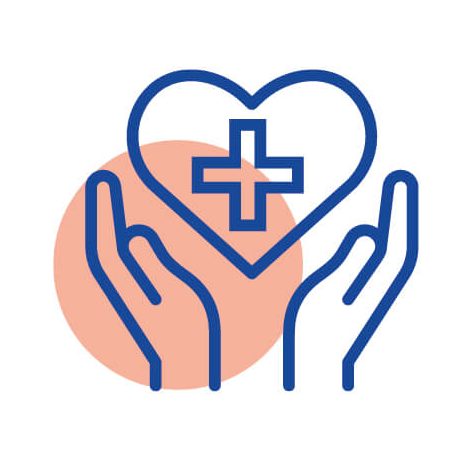
Follow up and maintenance to ensure best results
Other Minimally Invasive
Superficial Venous Thrombosis Treatments
Experiencing Other Symptoms?
Frequently Asked Questions
Why do I have varicose veins?
Most varicose vein issues are hereditary. If you have one parent with varicose veins your risk of having them is around 65%. If both parents are affected the risk rises to approximately 90%. Another main risk factor for women is pregnancy, with the risk increasing with each additional pregnancy. Standing occupations such as hairdressers, nurses, and chefs also have a high risk of varicose veins as gravity puts pressure on the veins and weakens them.
How do I prevent varicose veins?
Once varicose veins are present, they will not resolve of their own accord. Measures to reduce the rate of progression include maintaining a normal healthy weight and going for regular walks of 20-30 minutes per day. Reducing the length of time spent on the feet in a stationary position may help and alternating between standing and sitting positions during the day will also reduce the pressure on the veins.
What will happen if I don’t treat these veins?
Generally, without treatment, varicose veins will get progressively worse over time. Symptoms may occur such as heaviness, ache, pain, and tiredness in the legs towards the end of the day. Further progression may result in leg swelling, itch, skin discolouration, and eventual skin ulceration. Blood clots related to superficial venous thrombosis may also occur in severe cases and can lead to the more serious condition of Deep Vein Thrombosis.
What treatment options exist?
Outdated, old-fashioned options such as surgical stripping are rapidly becoming obsolete due to poor long-term success, with recurrence rates of up to 50%. Modern treatment options include endovenous laser ablation, sclerotherapy injections, and ultrasound-guided ambulatory phlebectomy. In many cases a combination of different treatments will give the best long-term results.
Will the veins come back after treatment?
Many people are concerned that the treatment will be of limited value because the veins will just come back. This was certainly the case in the days of surgical stripping with a 50% recurrence rate at 5 years; however, using the latest minimally invasive techniques, we can reduce the risk of recurrent varicose veins to the baseline risk of approximately 3% per year.
What is the downtime following treatment?
This depends on the type of procedure performed and the severity of the veins being treated. Modern treatment with laser can involve no time off work and approximately two weeks off heavy gym work and four weeks off international travel.
Read More On Our Blog
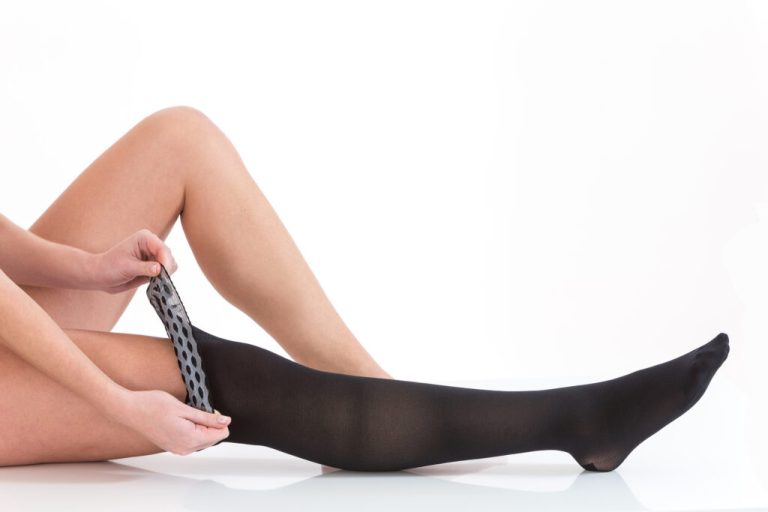
5 Ways to Prepare for Your Vein Procedures
1. Get to know and love your stockings! We strongly recommend you buy your compression stockings well ahead of your […]
Read More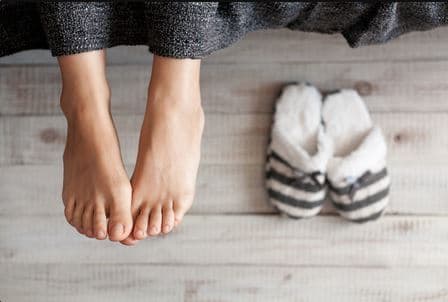
Don’t Be Fooled By Winter!
Cold weather constricts the veins and can make you feel “less symptomatic” – ie. the bothersome ache, pain, itch, heaviness, or tiredness in your legs could be less of an issue, or perhaps go away entirely.
Read More
Do I Need Varicose Vein Treatment?
Suffering from varicose veins? For too long patients have been told that treatment for varicose veins is “cosmetic only” and […]
Read MoreGet In Touch
Please send us an email and we’ll be in contact very soon or alternatively, call us on (08) 9200 3450.
If you are unsure of what vein condition you may have, assess your legs with our online tool.
If you are looking for cosmetic spider vein treatment only, please click here.

